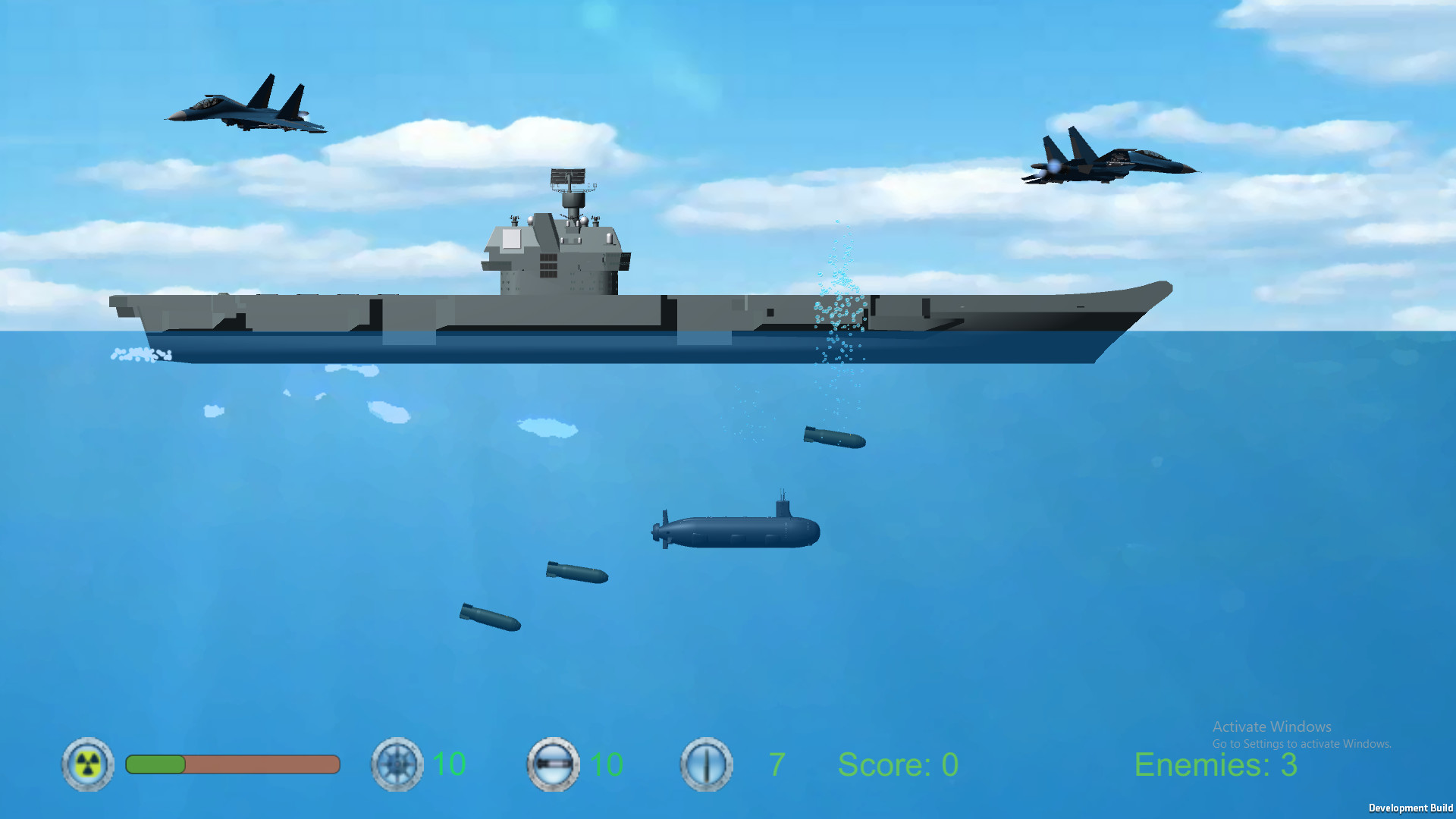

The lobes in the uppermost part of these sediments were most likely deposited during the last glacial maximum. A significant part of the sediments consists of well-defined debris lobes. 2009).Įxtensive landslide activity characterises the huge depocentres beyond the outlet of large ice streams terminating at the Bear Island Fan (Fig.

( in press), this high-density layer does not have the commonly described erosive capability as often suggested (e.g. However, as discussed below and previously shown by Breien et al. The high-density layer refers to what is often classified as the ‘high-density turbidity current’. The low-density layer corresponds to what is commonly referred to as the turbidity current, where ‘turbidity’ should refer to a certain low concentration of fine-grained particles in suspension as also proposed by Mulder and Alexander ( 2001), rather than the common interpretation of a turbulent regime. We also remark that in addition to cohesion, a debris flow may also include a frictional component in the rheology if not fully fluidised. We thus restrict the term ‘fluidisation’ to a situation where the pore fluids obliterate the effect of particle friction. It should be noted that in this paper, a debris flow has visco-plastic properties, while we apply the term ‘bipartite flow’ when the flow becomes completely fluidised and separates into a high- and a low-density layer, both with the properties of a Newtonian fluid (i.e. In addition we focus on the Bear Island Fan complex, known for its late Pleistocene well-defined and long run-out debris flows (Laberg and Vorren 2000 Marr et al. 2005) and the 1929 Grand Banks landslide off Nova Scotia/Newfoundland (e.g. the Holocene Storegga landslide off western Norway (Solheim et al. Two of the landslides are well known and volumetrically huge, i.e. Emphasis will be given on elucidating how the composition of the initially released masses may have influenced the flow behaviour and final deposition. The purpose of this paper is to use our most recent experimental flume results as background information in order to explain the apparent differences in the behaviour of three full-scale submarine landslides. In spite of their limitations, the laboratory experiments and numerical modelling have shown some intriguing possibilities for explaining mass wasting and indicating directions for further progress. Numerical models may in principle be calibrated to simulate the small-scale events observed in the laboratory and so extended to large-scale events (Gauer et al. However, a major problem is that the flow volumes used in the experiments are some 10 12 times smaller than the ones involved in the largest submarine landslides. Experiments are usually conducted with an artificial mudflow travelling along a flume or a pool, in order to mimic the submarine environment (e.g.

Because of the inaccessibility of submarine mass wasting, the knowledge gained by oceanographic surveys must be supplemented by experiments and numerical modelling (e.g. A second key question is why some landslides remain compact during their flow while others disintegrate substantially, also developing into a bipartite flow with a high- and a low-density layer, commonly referred to as a high and a low-density turbidity current (e.g. This occurs on gentle slopes with inclination less than 1° in spite of an increased viscous drag and a reduced gravity due to buoyancy compared to subaerial conditions. fall height-to-travel distance) may reach values as low as 0.05–0.01 (De Blasio et al. 1993).Ī prime question related to submarine landsliding regards the extraordinary mobility. A better understanding of submarine landsliding is also highly relevant for prediction of tsunamis (e.g. As a consequence, we know surprisingly little about the physical processes capable of transporting thousands of cubic kilometres of sediments for hundreds of kilometres along slopes that are only a fraction of a degree (e.g. Moreover, in contrast to many subaerial landslides, submarine landslides are not accessible without costly oceanographic surveys.
Submarine 2010 link full#
On the other hand, although the products of mass movement are easily recognised, the dynamic processes of submarine landsliding have never been observed in full scale. On one hand, the analysis of the deposits reveals that submarine landslides may acquire extraordinary mobility.

The present understanding of submarine landsliding is somehow unsatisfactory.


 0 kommentar(er)
0 kommentar(er)
